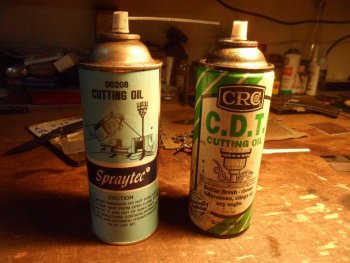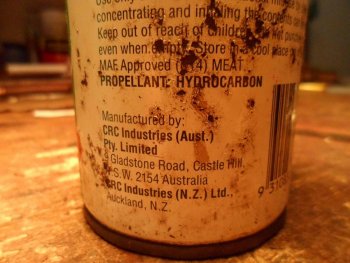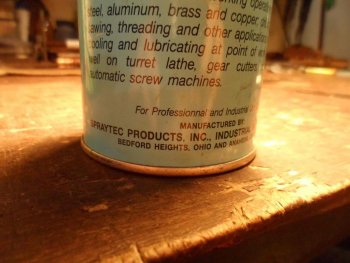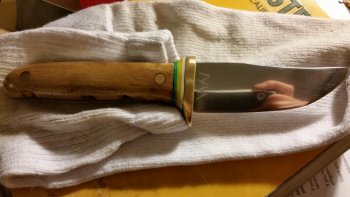Call me crazy- but I've had pieces of steel that seemed like no amount of sanding would eliminate mysterious scratches that seemingly appeared around 600 grit, running in a direction that I had not sanded in at all.
I just had another issue that was driving me insane, but I figured it out. This may be what you're seeing-
I could get a good looking scratch pattern, and then I'd get crazy scratches from nowhere. I actually thought my paper towels were scratching the finish when I'd wipe the surface to change grits. (I sand with WD40).
I was half-right. I started shooting the blade with windex to lift any residual swarf or grit from the surface- and LIGHTLY wiping in the same direction I had just been sanding.
I discovered that my paper towel was picking up grit I couldn't see and then I was raking it across my finish and scratching my blade.
I have never had this problem before until I started using this brand of paper towel (el cheapo).
Using this windex / wiping direction step between grits restored my sanity. I also think it's the solution to my mysterious scratch problem I've had at times that I mentioned above.
Sent from my iPhone using Tapatalk
its 1084. So you think a mirror finish on a large chopper would look ok ?






